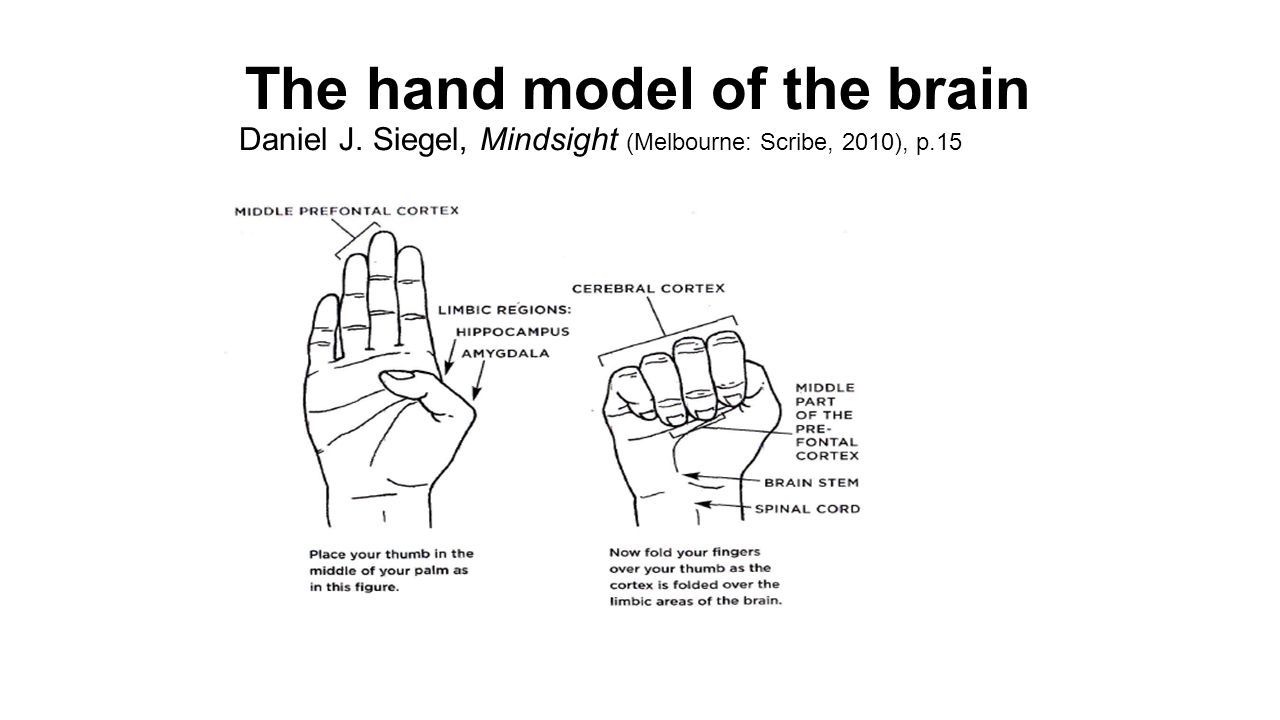An Adeona Family Podcast: An Early Childhood Journey
Episode 02: Understanding How Your Child’s Brain Works
(Emotional Health Part 2 of 3)
On this episode of the Adeona podcast, we’re delving deeper into the mechanics of emotional learning – the physical and biochemical development that supports, and is crucial to, emotional development. What’s actually happening in the brain, how much does it develop in the early years and why is it important to understand.
Through understanding how the brain works and how the different parts of our brains are wired and connected, particularly in our child’s first 1000 days, we can better help our children form important and vital foundations of the brain that promotes good brain integration, which is vital in becoming functional adults later in life.
The synapses in the brain, which are the connecting wires to your brain cells, become thicker with repetition. These early connections can be wired positively for resilience, emotional health, emotional regulation and love, or wired negatively, which can make those connections significantly more difficult to break or alter.
A child’s brain is use-dependent. The brain organises and shapes in response to the environment that it’s in or exposed to. Likewise, a child’s emotional needs being met can physically impact the size of the brain when they are forming vital synapses.
 Dr. Dan Siegel explaining the hand model of the brain: https://www.youtube.com/watch?v=gm9CIJ74Oxw
Dr. Dan Siegel explaining the hand model of the brain: https://www.youtube.com/watch?v=gm9CIJ74Oxw
The Central Nervous System
The function of the brain is associated with the central nervous system, which plays a significant role in child development.
By allowing children as much freedom of movement as possible, simple things like the sensory input they receive from the floor can give them information that informs their body how to move. This helps with brain integration, particularly the left-right connections, which informs coordination and balance.
Research also shows that, up until the age of 9 and older, engaging in physical activity before studying or having to sit down in a learning environment, by spinning for 30 seconds, can help increase attention span and their ability to engage with the group.
Maslow’s Hierarchy of Needs

The books we mentioned in this episode:
The podcast with Dr. Tina: https://coachingforleaders.com/podcast/310/?fbclid=IwAR3vgCtF9FbIAL8k5urMJBPtaotGC-OQ0deEmAzLL3xxbOvSHQ5nwnlcRf4
We’d love to hear from you! If you have any feedback, suggestions or questions about anything we discussed today, please feel free to reach out – tracy@adeona.com.au.
Our early childhood education centres:
Coorparoo | Mitchelton | Noosaville | Mackay
